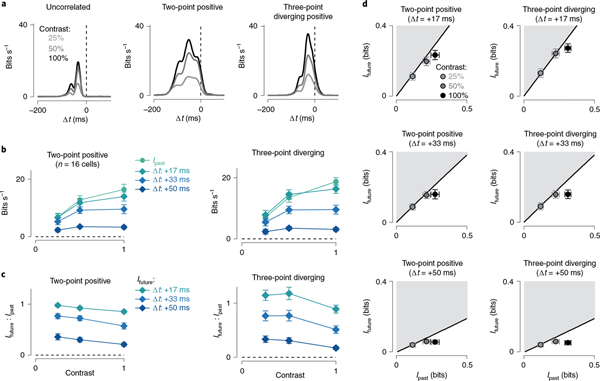Fig. 5 |. Ganglion cells optimally encode future information at low contrast.
a, Information rate (bits s−1) as a function of the time delay (ms) for three stimulus classes in an On smooth monostratified ganglion cell. Results are shown at three different contrasts for each stimulus class. b, Relationship between encoded information as a function of stimulus contrast. Results are shown for past information and three future time lags. Diverging correlations were positive parity for On cells and negative parity for Off cells, here and below. c, Ratio of future (Ifuture) to past (Ipast) information as a function of contrast in the same cells as in b (n = 16 cells). d, Encoding of predictive information (Ifuture; y axis) versus past information (Ipast; x axis) (n = 16 parasol and smooth monostratified cells). Measurements were taken at three different stimulus contrasts and three time lags. Circles and error bars indicate mean ± s.e.m.

